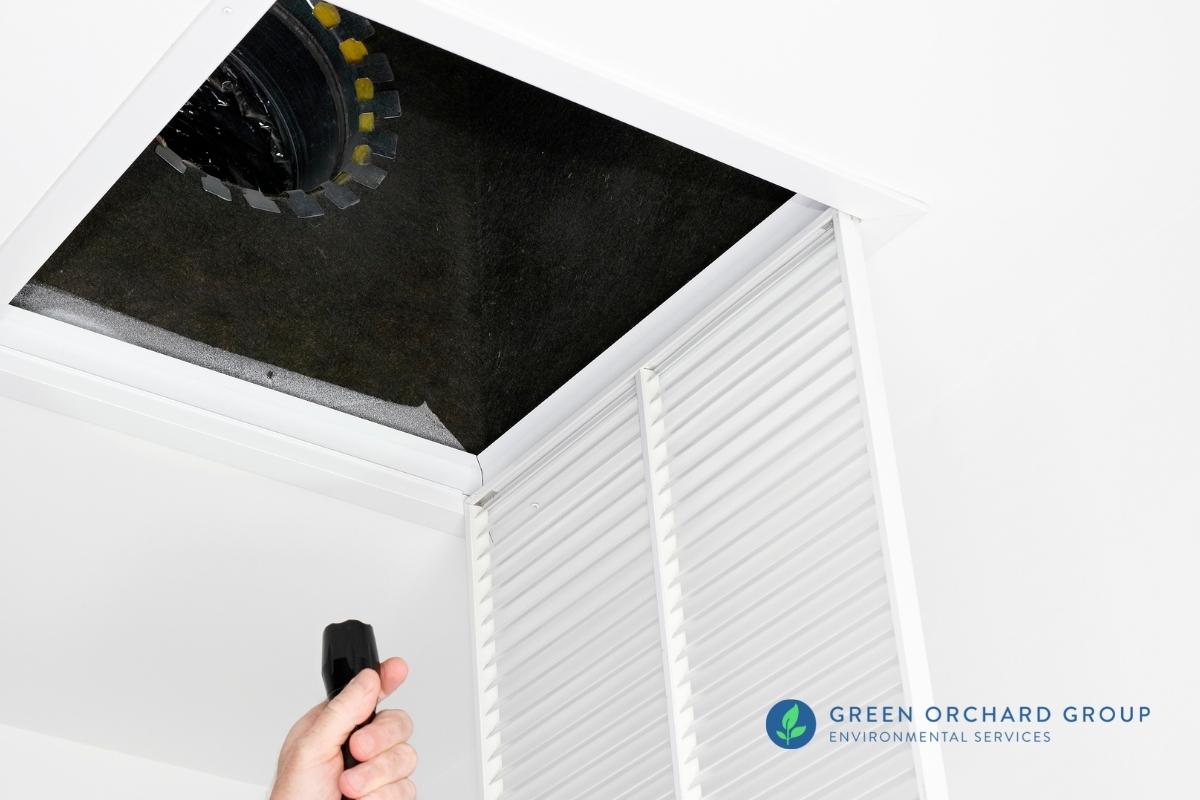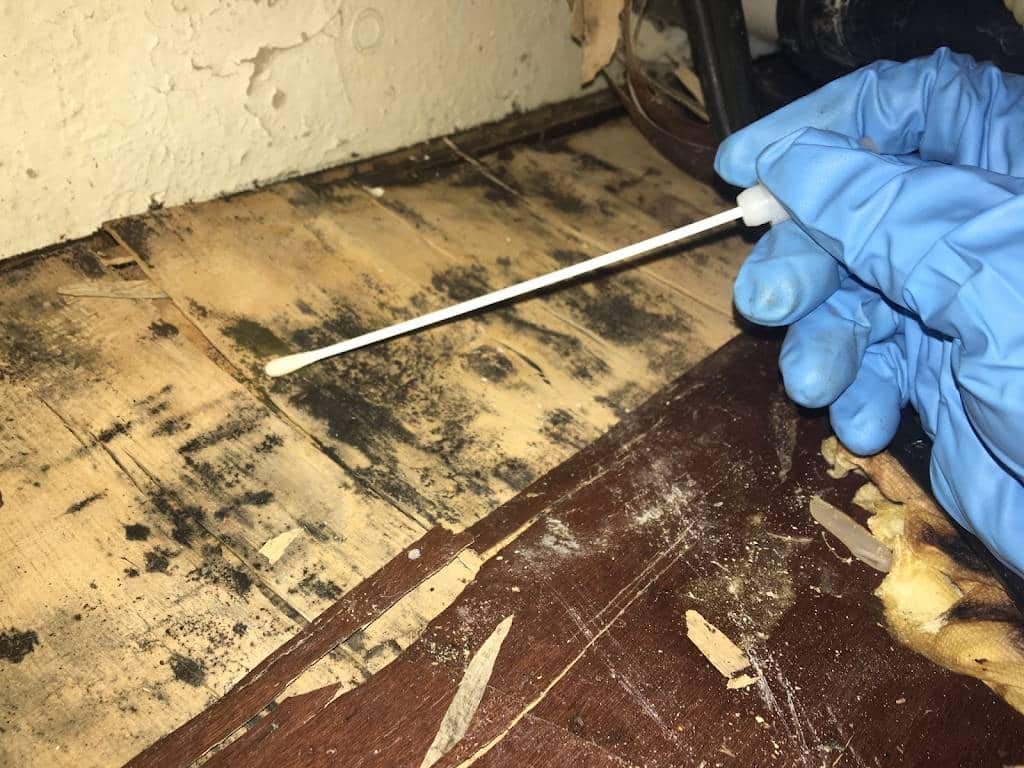After Mold Remediation Approaches for Clean Rooms
Wiki Article
Effective Post Mold And Mildew Remediation Solutions for Your Home
Mold development in homes can be a relentless concern, commonly requiring a methodical approach for efficient post-remediation options. From understanding the factors that add to mold and mildew advancement to applying proper cleansing strategies and wetness control actions, the process can be intricate yet crucial for preserving a healthy living atmosphere. Post Mold remediation cleaning.Recognizing Mold And Mildew Development Variables
The key factor adding to mold growth is moisture. Mold and mildew spores require moisture to flourish and germinate, making damp or damp settings highly susceptible to mold infestations.
Moreover, air flow and light exposure can affect mold development. Areas that lack proper air flow and all-natural light are more vulnerable to mold development. By addressing these elements thoroughly, people can properly minimize mold development and guard their living atmospheres.
Appropriate Mold Cleansing Techniques
Utilizing reliable cleansing approaches is vital in stopping the recurrence and attending to of mold contamination in interior environments. The first action in proper mold cleansing is to include the afflicted area to avoid the spread of spores to uncontaminated areas.
Applying Wetness Control Actions
To successfully avoid mold growth and contamination in indoor environments, executing wetness control actions is extremely important. Dampness is the primary aspect that gas mold development, making it essential to handle humidity levels within the home. One effective measure is to use dehumidifiers to maintain indoor humidity levels listed below 60%. Additionally, guaranteeing appropriate air flow in areas susceptible to moisture buildup, such as cooking areas and restrooms, can assist lower the risk After mold remediation of mold and mildew growth. Routinely examining and repairing any leakages in plumbing, roofing systems, or windows is also essential in stopping excess wetness build-up. Making use of exhaust fans while cooking or showering, and enabling air circulation by keeping furniture a little far from wall surfaces can aid in moisture control. Furthermore, utilizing moisture-resistant products in high-humidity areas, such as mold-resistant drywall and paints, can be valuable. By vigilantly executing these dampness control steps, homeowners can efficiently minimize the likelihood of mold recontamination and keep a healthy and balanced indoor environment.Utilizing All-natural Removal Solutions
After efficiently executing moisture control measures to stop mold growth in indoor atmospheres, property owners can currently explore the effectiveness of all-natural remediation remedies in keeping a healthy living room. All-natural removal solutions utilize ecologically friendly approaches to battle mold and mildew and mildew, making them a popular selection for those looking for safe choices. One such remedy is making use of vinegar, an all-natural antimicrobial representative, to disinfect and clean surfaces infected by mold. Just water down vinegar with water and spray it onto the impacted locations, permitting it to sit for a couple of hours prior to wiping clean. Additionally, tea tree oil, recognized for its antifungal residential or commercial properties, can be blended with water and sprayed onto mold-infested surfaces to prevent additional growth. One more all-natural alternative is hydrogen peroxide, which can successfully eliminate mold and mildew on numerous surface areas without leaving hazardous deposits behind. By integrating these natural remediation options into their cleaning regimens, house owners can effectively deal with mold growth while advertising a much healthier indoor environment for themselves and their family members.
Keeping a Mold-Free Atmosphere
On a regular basis evaluating areas vulnerable to mold development, such as shower rooms, basements, attics, and kitchen areas, is essential. Correct ventilation in areas with high humidity degrees is likewise vital to stopping mold growth.In addition, keeping sanitation in the home is crucial for mold prevention. Frequently cleaning and cleaning surface areas, carpets, and upholstery can assist remove mold and mildew spores before they have an opportunity to increase and work out. Using mold-resistant items for building products and furnishings can even more help in developing a mold-free atmosphere. Finally, maintaining interior plants in check and ensuring proper water drainage in outdoor landscaping can minimize moisture accumulation, lowering the chance of mold and mildew infestations. By following these aggressive upkeep methods, home owners can efficiently maintain a mold-free home.
Final Thought
Finally, it is important to attend to mold and mildew growth variables, use proper cleaning techniques, apply moisture control measures, use all-natural remediation remedies, and maintain a mold-free environment in order to effectively handle article mold removal in your home - what to do after mold remediation. By complying with these strategies, you can avoid mold and mildew from persisting and make certain a healthy living setting for you and your family
The key element contributing to mold and mildew growth is moisture. Mold and mildew spores require dampness to thrive and germinate, making damp or humid atmospheres very vulnerable to mold and mildew invasions.To properly prevent mold development and contamination in interior environments, implementing dampness control actions is paramount. Additionally, guaranteeing appropriate air flow in areas vulnerable to moisture buildup, such as bathrooms and cooking areas, can aid decrease the danger of mold development.After successfully carrying out wetness control steps to protect against mold growth in indoor environments, property owners can currently check out the efficiency of natural removal remedies in keeping a healthy and balanced living space.
Report this wiki page